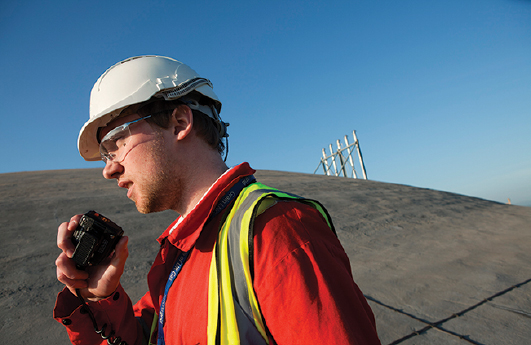
Working with you
Future Billing Methodology is an explorative project run by Cadent (formerly) National Grid Gas Distribution Ltd and our project partners DNV GL. It will look at a range of different future options for gas billing. We want to work with you to find the best of these options, and recommend a new billing framework which would allow alternative gases to be injected into the network without the need for pre-processing.
Our vision

What gas billing looks like today.
Market struggles to support diversity of gas.
Narrow CV tolerance in each Local Distribution Zone.
Producers of low CV gas must add propane – a costly greenhouse gas – to hit target CV.
Customers billed on an average CV.
What gas billing could look like in the future.
Market optimised for diverse gas sources.
Smaller CV zones within Gas Distribution Networks.
No need for gas enrichment.
Unlocks full potential to deliver lower carbon gases via existing gas networks in a low-carbon future.
Customers billed on CV of gas they receive.
Our approach
We will be looking at
Ways to attribute the calorific value (CV) of gas from its physical input source on the local distribution zone (LDZ) network to the customer in a more specific way.
Installing of sensors and flow monitoring for network model assessment.
Potential smart metering and data flow solutions.
Flow-weighted average CV attribution
CV is currently defined in the Thermal Energy Regulations. The CV measurement is taken at source, using gas sampling. The assumption that underlies this is that different sources of gas co-mingle in ‘Charging Areas’ where there is multi-sourcing – a Local Distribution Zone (LDZ).
Local Distribution Zones: zones of influence
LDZs usually have multiple gas input sources. However, in reality the gas from these sources doesn’t really mix, except where two gas sources meet.


This LDZ FWA CV is then capped at 1 MJ/m3 above the lowest gas source. However, there is no lower threshold on the volume of the lowest source. So, a very small amount of low CV gas, such as bio-methane, can cap an entire LDZ. This creates a significant amount of unbilled gas energy, which becomes a transfer cost to NTS* shrinkage. As a result, enrichment with high carbon propane is mandated in NEAs* for bio-methane sites.
Each input point on the LDZ actually has its own ‘zone of influence’ across the pipeline networks that make up the LDZ. These vary with the system conditions. Our premise is that if these zones can be defined more specifically, then customers in each zone could be billed more in line with the actual CV of the gas they receive.

 Ofgem review &
Ofgem review &